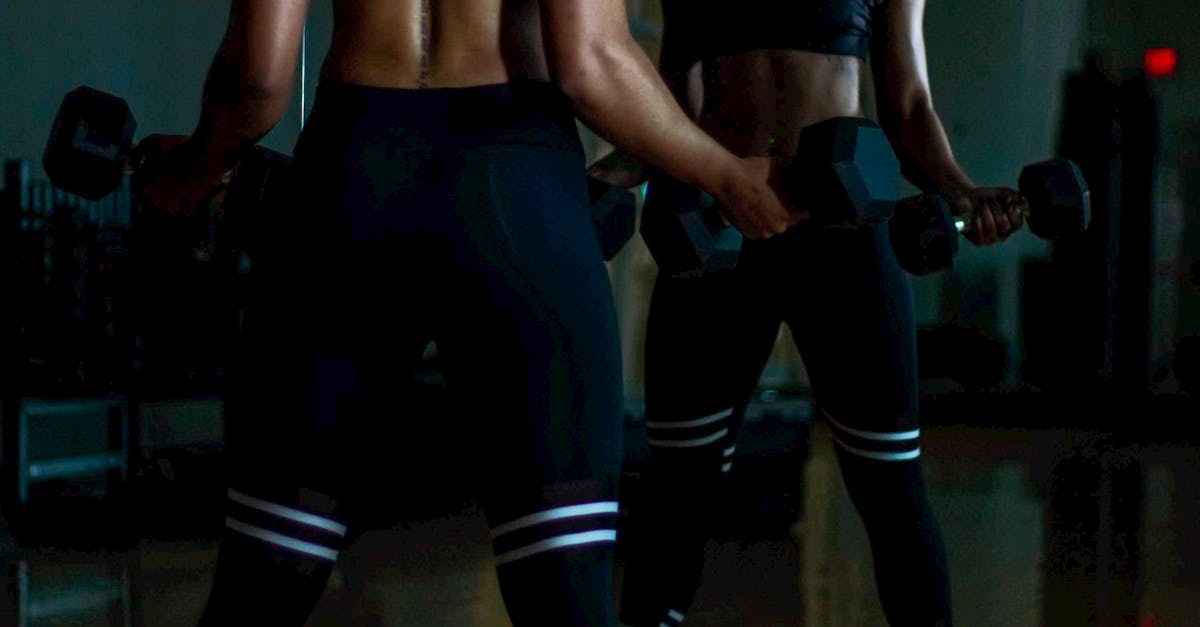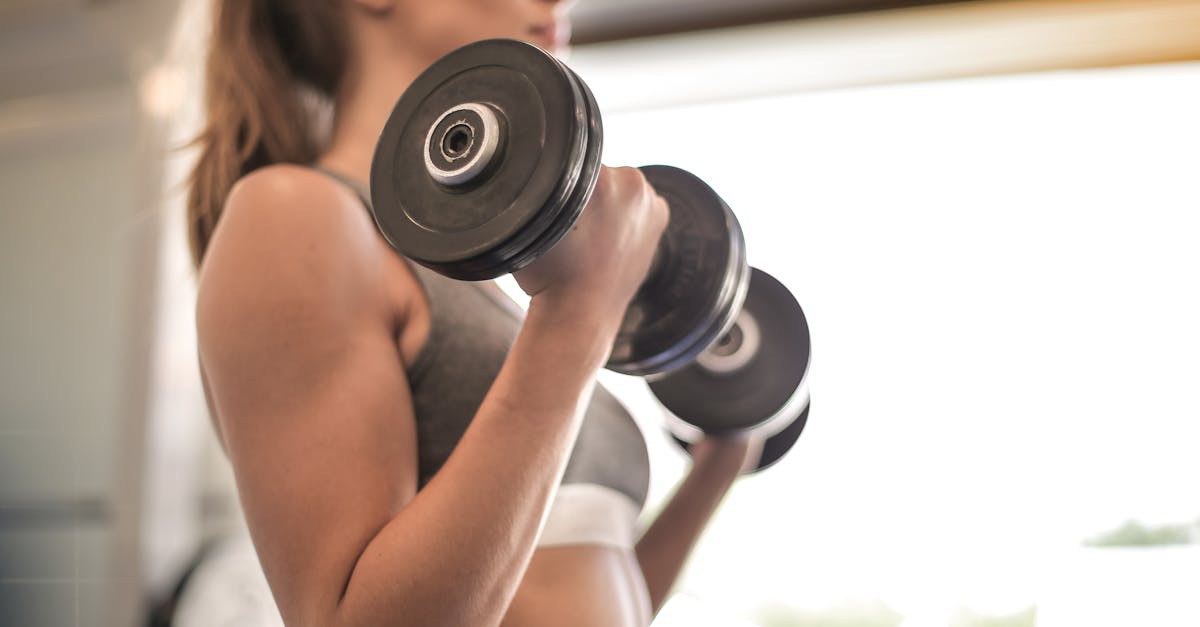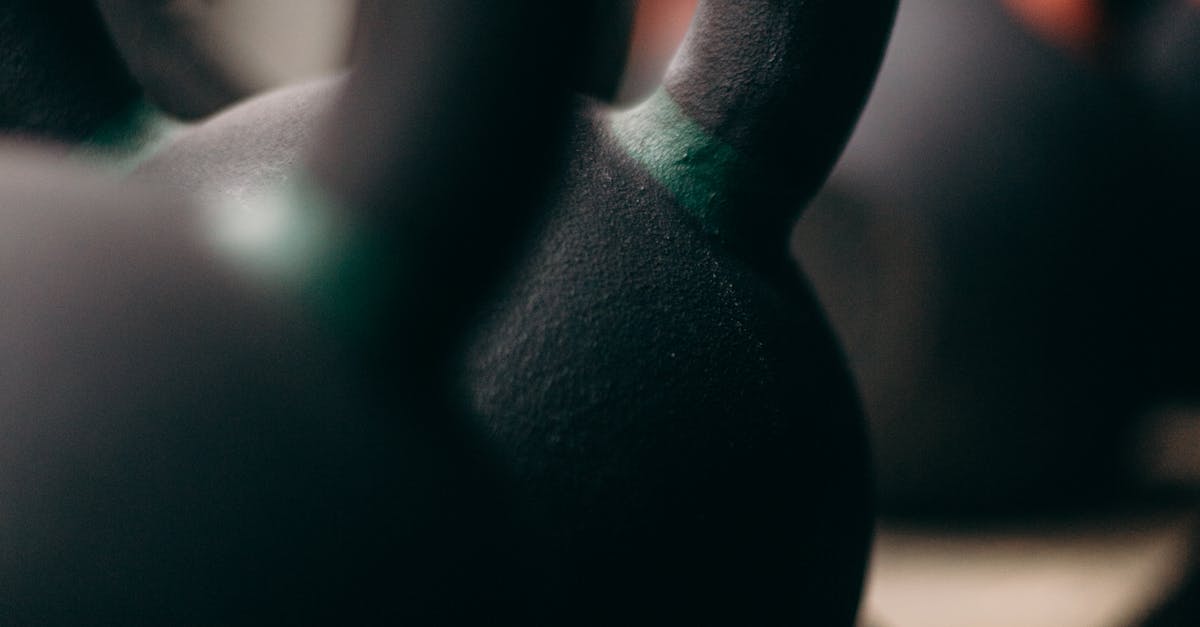Muscles Around Hip Flexor: Enhancing Stability and Movement
Understanding the Hip Flexor Complex: A Journey into Movement and Stability

Muscles Around Hip Flexor: Enhancing Stability and Movement
The hip flexor complex is a crucial group of muscles responsible for the critical movement of bending the hip. These muscles work in harmony to facilitate a wide range of activities, from walking and running to kicking and climbing. Understanding the anatomy and function of these muscles is essential for maintaining optimal hip mobility, stability, and overall fitness.
In this comprehensive article, we will explore the intricate symphony of muscles that comprise the hip flexor complex. We will delve into the specific roles of the iliacus, psoas major, and rectus femoris muscles, examining their anatomy, actions, and contributions to hip flexion. Furthermore, we will discuss the importance of maintaining hip flexor health through targeted strengthening exercises, stretching techniques, and addressing common injuries.
1. The Hip Flexor Complex: A Symphony of Muscles
The Hip Flexor Complex: A Symphony of Muscles
The hip flexor complex is an intricate network of muscles that orchestrate the essential movement of hip flexion. This complex comprises three primary muscles: the iliacus, psoas major, and rectus femoris. Each muscle plays a distinct yet synergistic role in bending the hip, enabling us to perform a diverse range of activities.
The iliacus, situated deep within the pelvis, is the largest and most powerful of the hip flexors. Originating from the inner surface of the ilium (pelvic bone), it inserts onto the lesser trochanter of the femur (thigh bone). The iliacus is primarily responsible for hip flexion and, to a lesser extent, external rotation of the hip.
Psoas major, a long and slender muscle, originates from the lumbar vertebrae (lower back) and inserts onto the lesser trochanter of the femur. It works in conjunction with the iliacus to flex the hip and also contributes to spinal stability. The psoas major is particularly active in core strengthening exercises and plays a crucial role in maintaining proper posture.
2. Iliacus: The Powerhouse Beneath

Iliacus: The Powerhouse Beneath
The iliacus muscle, the largest and most potent of the hip flexors, resides deep within the pelvis. It originates from the inner surface of the ilium, the uppermost and largest bone of the pelvis. From there, the iliacus fibers converge to form a thick, robust tendon that inserts onto the lesser trochanter of the femur, the thigh bone. This strategic positioning enables the iliacus to exert a powerful pull on the femur, driving hip flexion.
The iliacus is the primary mover of hip flexion, responsible for bending the hip joint and bringing the thigh towards the body. It also contributes to external rotation of the hip, a movement that turns the thigh outward. This action is particularly important during activities like walking, running, and kicking.
Understanding the anatomy and function of the iliacus is essential for optimizing hip mobility and preventing injuries. Targeted exercises that strengthen the iliacus can improve overall hip function and enhance performance in athletic endeavors. Conversely, weakness or tightness in the iliacus can lead to imbalances and contribute to hip pain or dysfunction.
3. Psoas Major: Reaching for Flexibility
Psoas Major: Reaching for Flexibility
Psoas major, a long and slender muscle, plays a pivotal role in hip flexion and spinal stability. Originating from the lumbar vertebrae (lower back), it traverses the abdomen and inserts onto the lesser trochanter of the femur (thigh bone). This unique anatomical position allows the psoas major to act on both the hip and spine.
As a primary hip flexor, the psoas major works in synergy with the iliacus to bend the hip joint and bring the thigh towards the body. It is particularly active during activities such as walking, running, and climbing stairs. Additionally, the psoas major contributes to spinal flexion, allowing us to bend forward at the waist.
The psoas major’s role in core strengthening and injury prevention cannot be overstated. As a key component of the core muscles, it helps stabilize the spine and pelvis, reducing the risk of back pain and injuries. Strong psoas major muscles are essential for maintaining good posture and balance. Conversely, tight or weak psoas major muscles can contribute to back pain, hip pain, and other musculoskeletal issues.
4. Rectus Femoris: A Quad with a Twist

Rectus Femoris: A Quad with a Twist
The rectus femoris muscle, a prominent member of the quadriceps group, stands out with its dual role in hip flexion and knee extension. Originating from the anterior (front) aspect of the pelvis, it descends down the thigh and inserts onto the patella (kneecap) and tibia (shin bone). This strategic positioning allows the rectus femoris to exert force on both the hip and knee joints.
As a hip flexor, the rectus femoris assists in bending the hip joint, drawing the thigh towards the body. It collaborates with the iliacus and psoas major to facilitate hip flexion during activities like walking, running, and cycling. Additionally, the rectus femoris plays a crucial role in knee extension, straightening the knee joint. It is particularly active during movements that involve extending the leg, such as kicking, jumping, and sprinting.
The rectus femoris’ involvement in dynamic movements like running and jumping highlights its significance in athletic performance and everyday activities. Its ability to generate force and contribute to both hip flexion and knee extension makes it an essential muscle for a wide range of physical endeavors.
5. Maintaining Hip Flexor Health: Strength, Flexibility, and Injury Prevention
Maintaining Hip Flexor Health: Strength, Flexibility, and Injury Prevention
Preserving the health of our hip flexors is paramount for optimal mobility, reduced risk of injuries, and enhanced athletic performance. A comprehensive approach encompassing strength training, flexibility exercises, and injury prevention strategies is essential for achieving this goal.
Strengthening the hip flexors through targeted exercises helps improve their power and endurance. This can be achieved by incorporating exercises like hip flexor raises, leg lifts, and resistance band exercises into your fitness routine. Strong hip flexors contribute to efficient movement, support activities of daily living, and protect against muscle imbalances.
Flexibility is equally important for maintaining hip flexor health. Regular stretching exercises help elongate these muscles, increasing their range of motion and reducing the risk of strains or tears. Incorporating stretches like knee-to-chest stretches, quad stretches, and hip flexor stretches into your routine can promote flexibility and prevent stiffness.
Strengthening the Hip Flexors
Strengthening the Hip Flexors
Empowering your hip flexors through targeted exercises is a cornerstone of maintaining optimal hip mobility and reducing the likelihood of injuries. Incorporating these exercises into your fitness regimen can yield significant benefits.
One effective exercise is the hip flexor raise. Begin by kneeling on the floor with your hands directly beneath your shoulders. Slowly lift your right leg forward, bending at the knee and bringing your thigh towards your chest. Hold this position briefly, then lower your leg back to the starting position. Repeat this motion for 10-15 repetitions on each leg.
Another valuable exercise is the leg lift. Lie on your back with your knees bent and feet flat on the floor. Lift your right leg straight up, keeping your knee extended. Hold this position for a few seconds, then slowly lower your leg back down. Perform 10-15 repetitions on each leg.
Stretching for Hip Flexor Flexibility
Stretching for Hip Flexor Flexibility
Stretching the hip flexors is crucial for maintaining optimal range of motion, preventing muscle imbalances, and alleviating pain. Regular stretching can significantly enhance your overall hip health and mobility.
One effective stretch for the hip flexors is the kneeling hip flexor stretch. Begin by kneeling on the floor with your right knee bent and your right foot flat on the floor. Place your left leg extended behind you, with your toes pointed. Gently lean forward until you feel a stretch in your right hip flexor. Hold this position for 10-15 seconds, then release and repeat on the other side.
Another beneficial stretch is the seated hip flexor stretch. Sit on the floor with your legs extended straight out in front of you. Bend your right knee and bring your right heel towards your buttocks. Gently pull your right knee towards your chest until you feel a stretch in your hip flexor. Hold this position for 10-15 seconds, then release and repeat on the other side.
Common Hip Flexor Injuries and Treatment Options
Common Hip Flexor Injuries and Treatment Options
Hip flexor injuries are relatively common, particularly among athletes and individuals who engage in repetitive or strenuous activities. Understanding the different types of injuries, their causes, and appropriate treatment options can help you make informed decisions about managing your hip flexor health.
One prevalent hip flexor injury is a muscle strain. This occurs when the muscle fibers are overstretched or torn, often due to sudden or excessive force. Symptoms may include pain, tenderness, and difficulty moving the hip. Treatment typically involves rest, ice, and physical therapy to promote healing and restore range of motion.
Another common injury is tendinitis, which is the inflammation of the tendons that connect the hip flexor muscles to the bones. Overuse or repetitive motions can cause tendinitis, leading to pain, swelling, and stiffness. Treatment options include rest, ice, and physical therapy to reduce inflammation and strengthen the tendons.
Quiz
- Which muscle is the primary mover of hip flexion?
(A) Iliacus (B) Psoas major (C) Rectus femoris
-
True or False: The hip flexors are also involved in spinal stability.
-
What type of injury occurs when the muscle fibers of the hip flexors are overstretched or torn?
(A) Muscle strain (B) Tendinitis (C) Labral tear
- A
- True
- A
